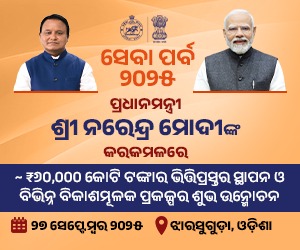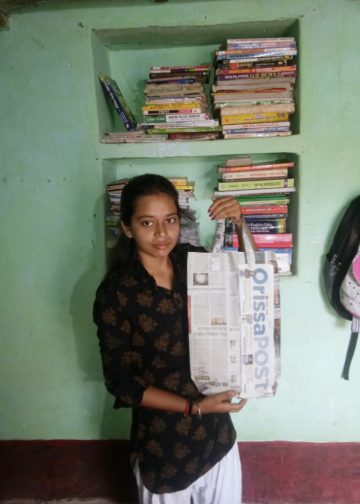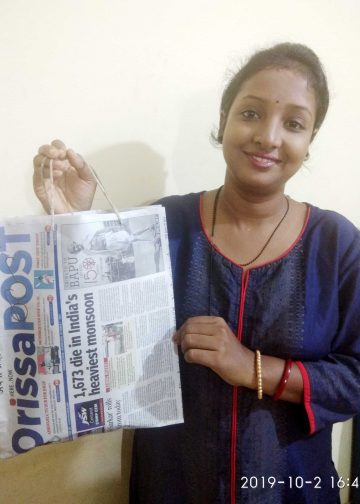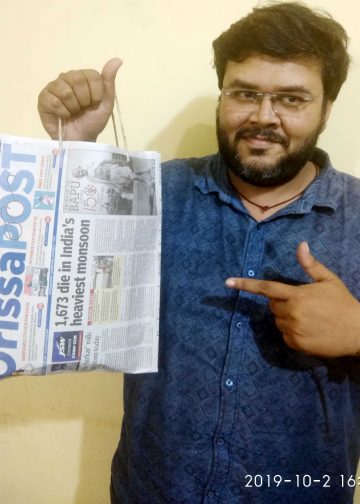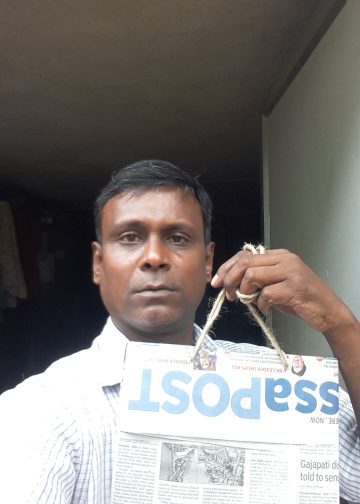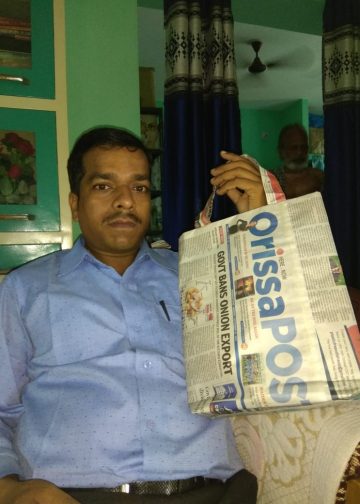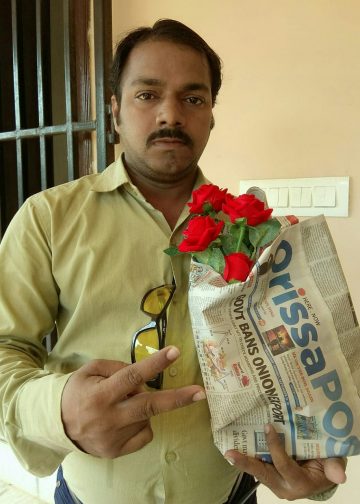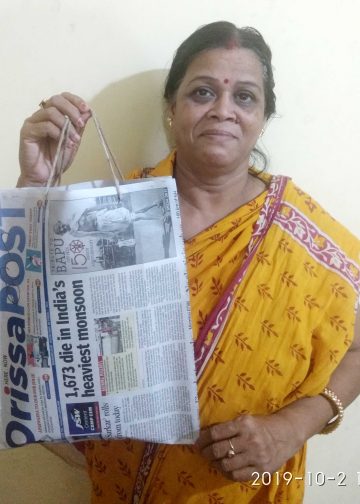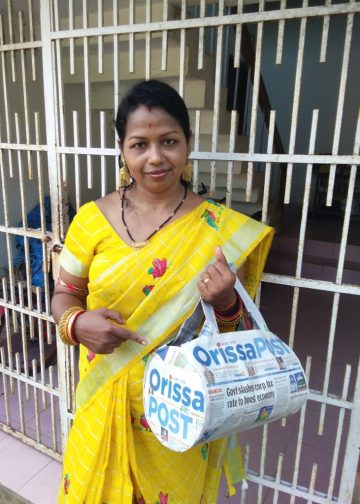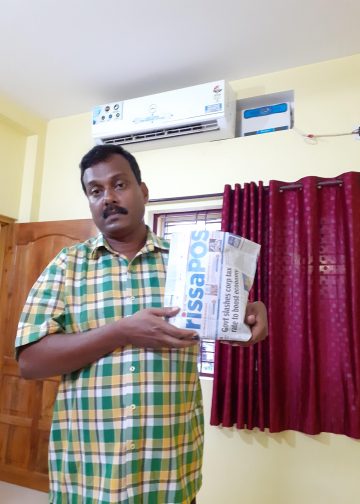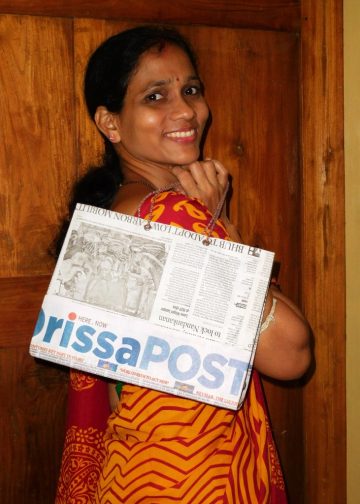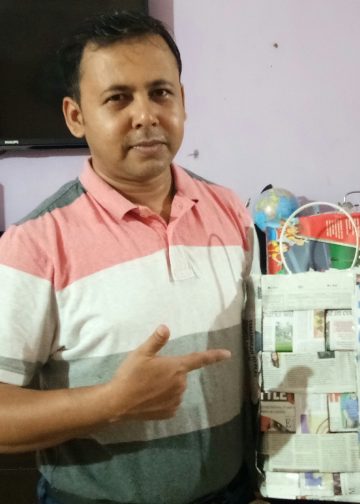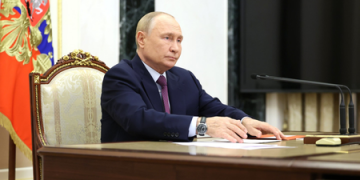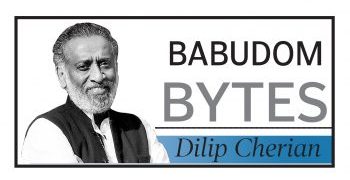PTI
New Delhi, Jun 18: Political parties may be in hectic huddles to forge a consensus for the upcoming presidential poll, but history shows that all presidential polls, barring one, in India have seen a contest, some keen, most a walkover.
Going by precedence, the 15th presidential election scheduled to be held July 17 this year will see a contest, notwithstanding the frenetic political confabulations for a consensus candidate.
Of the 14 presidential elections held in the country so far, the only one which saw a candidate getting elected without a contest was the seventh poll, which Neelam Sanjiva Reddy won unopposed.
The election, caused by the sudden death of serving President Fakhruddin Ali Ahmed, saw 37 candidates filing their nominations, of whom 36 were disqualified. This led to Reddy’s unopposed victory July 21, 1977. “The seventh Presidential election was the first time a candidate was declared elected to the highest office of the President of India without a contest,” the Election Commission of India records. All the other elections witnessed contests, mostly insignificant ones, though some were close. The most noted fight was that between V V Giri and Reddy in the fifth presidential poll held August 6, 1969.
Held at a time the Congress was plagued by bitter rivalries, Giri, backed by then Prime Minister Indira Gandhi, polled 4,01,515 votes against Reddy. The anti-Gandhi camp candidate, supported by the old guard of the party known as the Syndicate, was not far behind with 3,13,548 votes. The margin of victory for Giri was 87,967 votes, the smallest ever in the history of the election.This election was historic for another reason. It saw the maximum number of candidates, 17 ever to take part in a presidential poll in India. It is another matter than many of the candidates failed to get even a single vote. Historical records on presidential polls throw light on the early practice of contests. The first such election, held May 2, 1952, saw five candidates. Among them was Dr Rajendra Prasad, who became India’s first president after polling 5.60 lakh votes and defeating his nearest rival, K T Shah, who got less than a lakh votes. To weed out “non-serious” candidates, the EC recommended amendments to the law governing the poll. The first such amendment to the Presidential and Vice Presidential Election Rules was introduced in 1974, making it mandatory for a candidate to have 10 proposers and 10 seconders to be able to contest. Prior to this, candidates could enter the fray without the slightest chance of winning.
The 1974 rules also enhanced the limit of security to be deposited by a candidate to Rs 2500.




